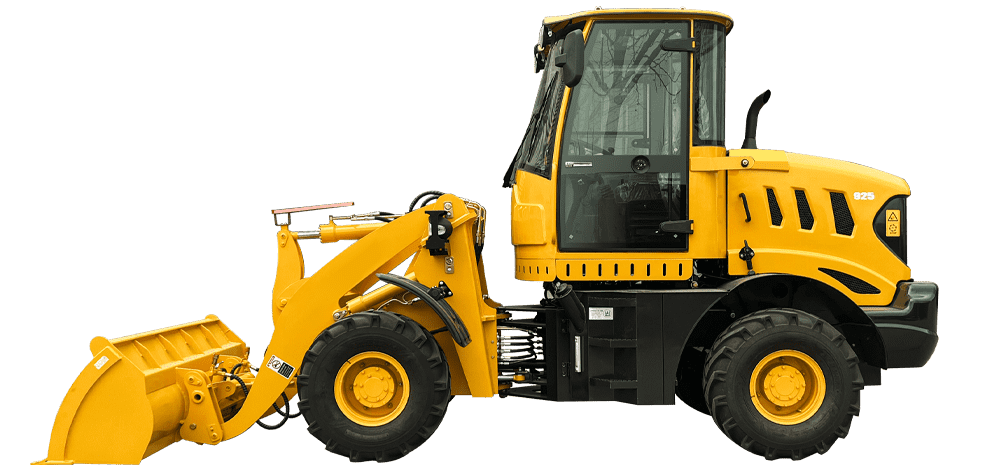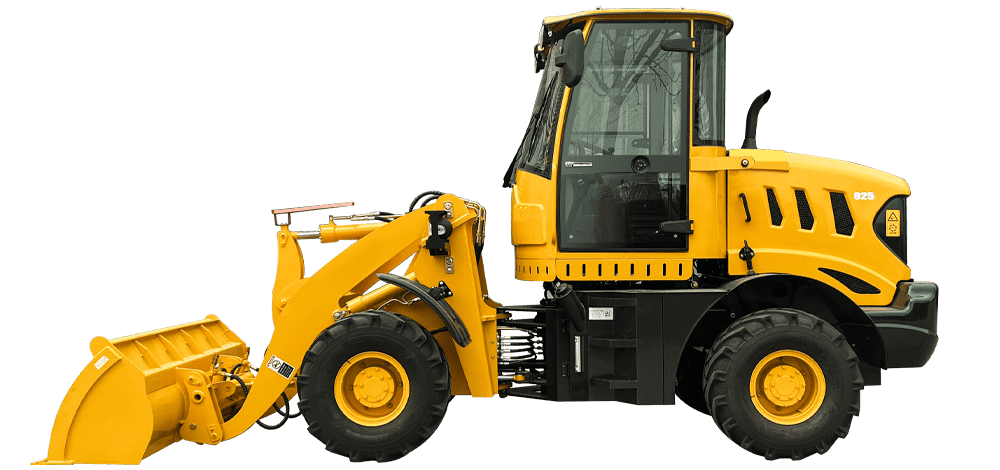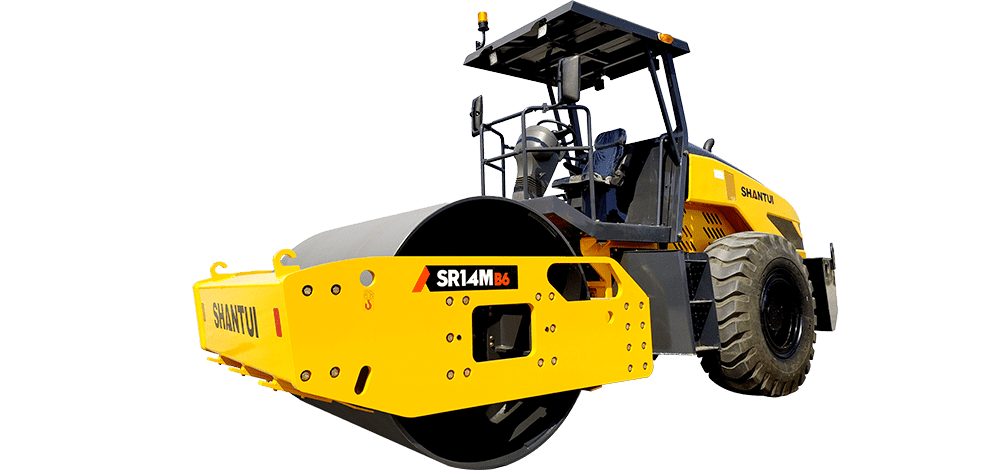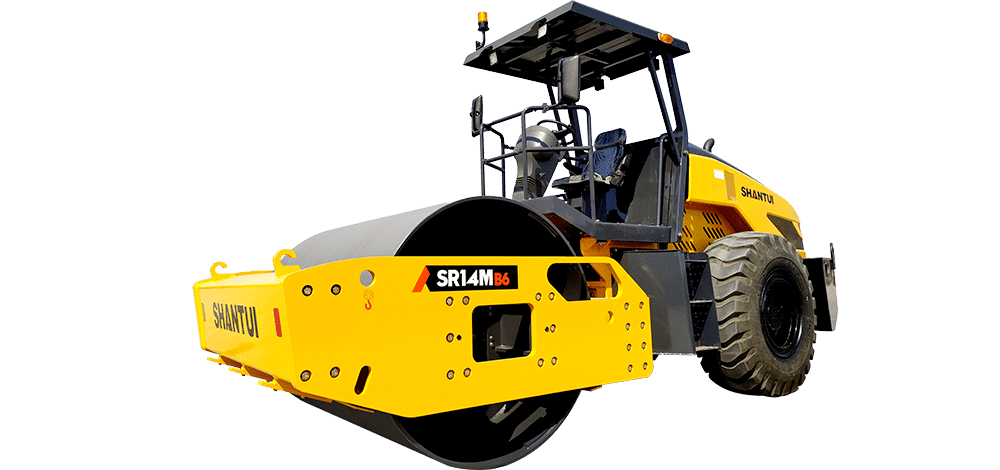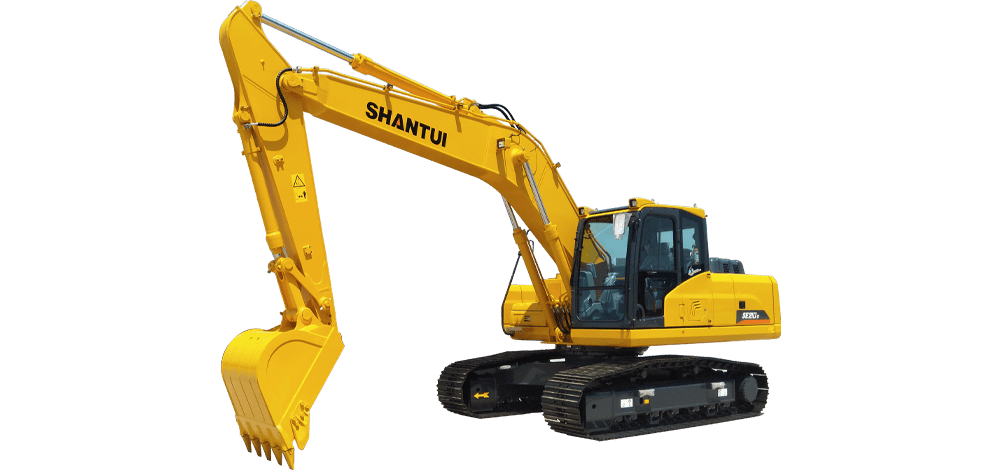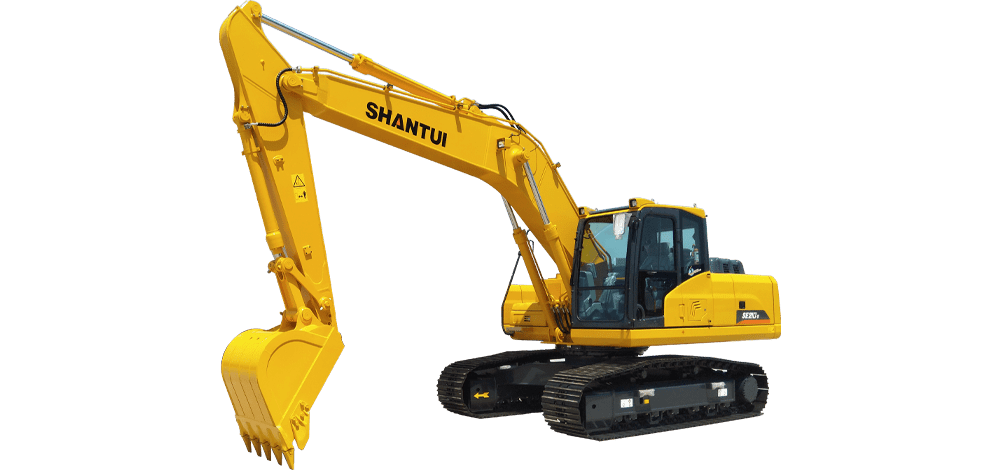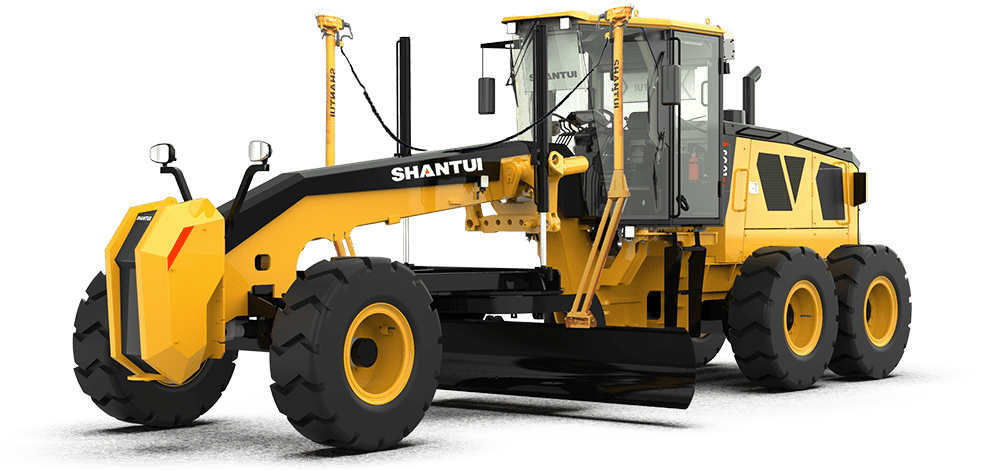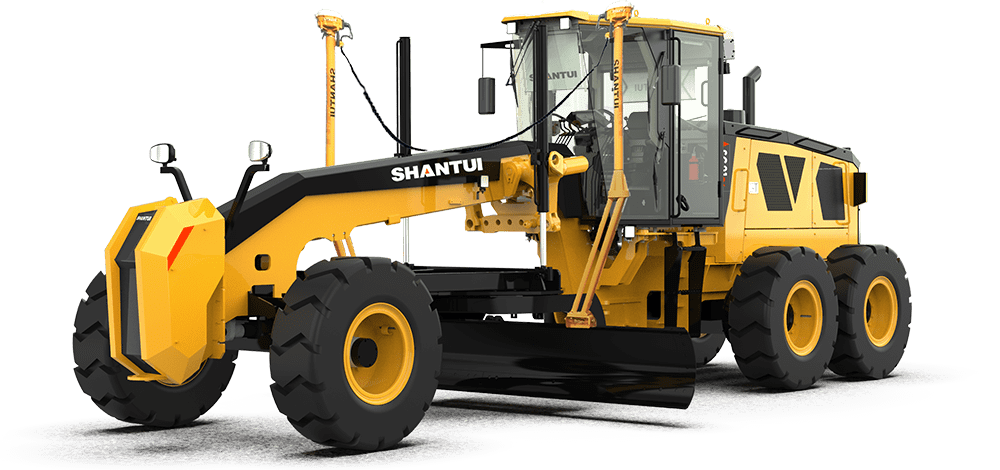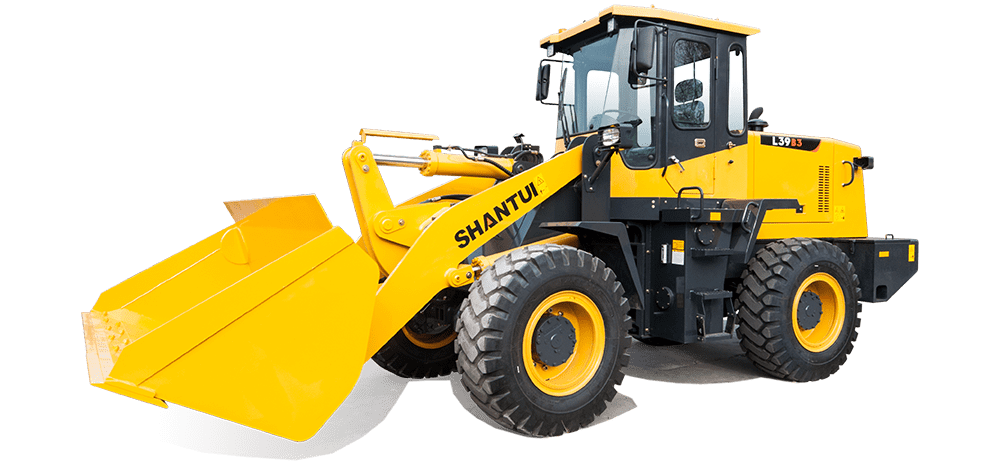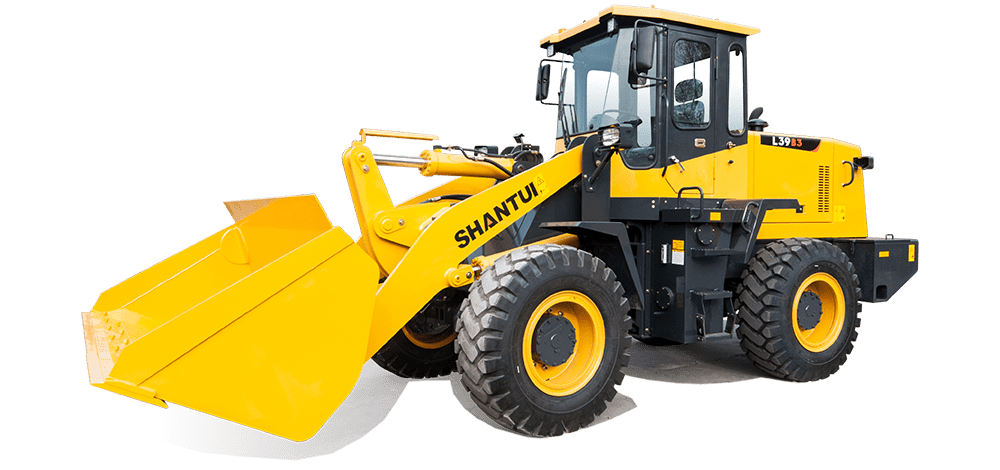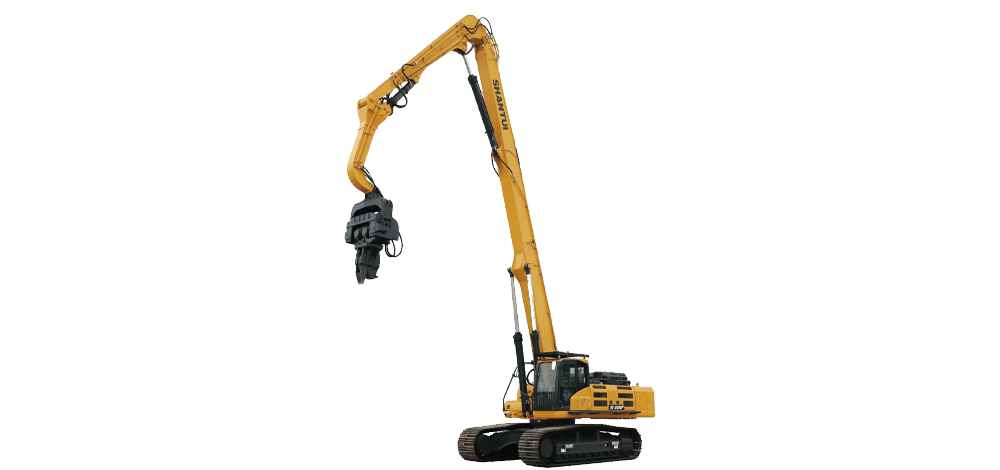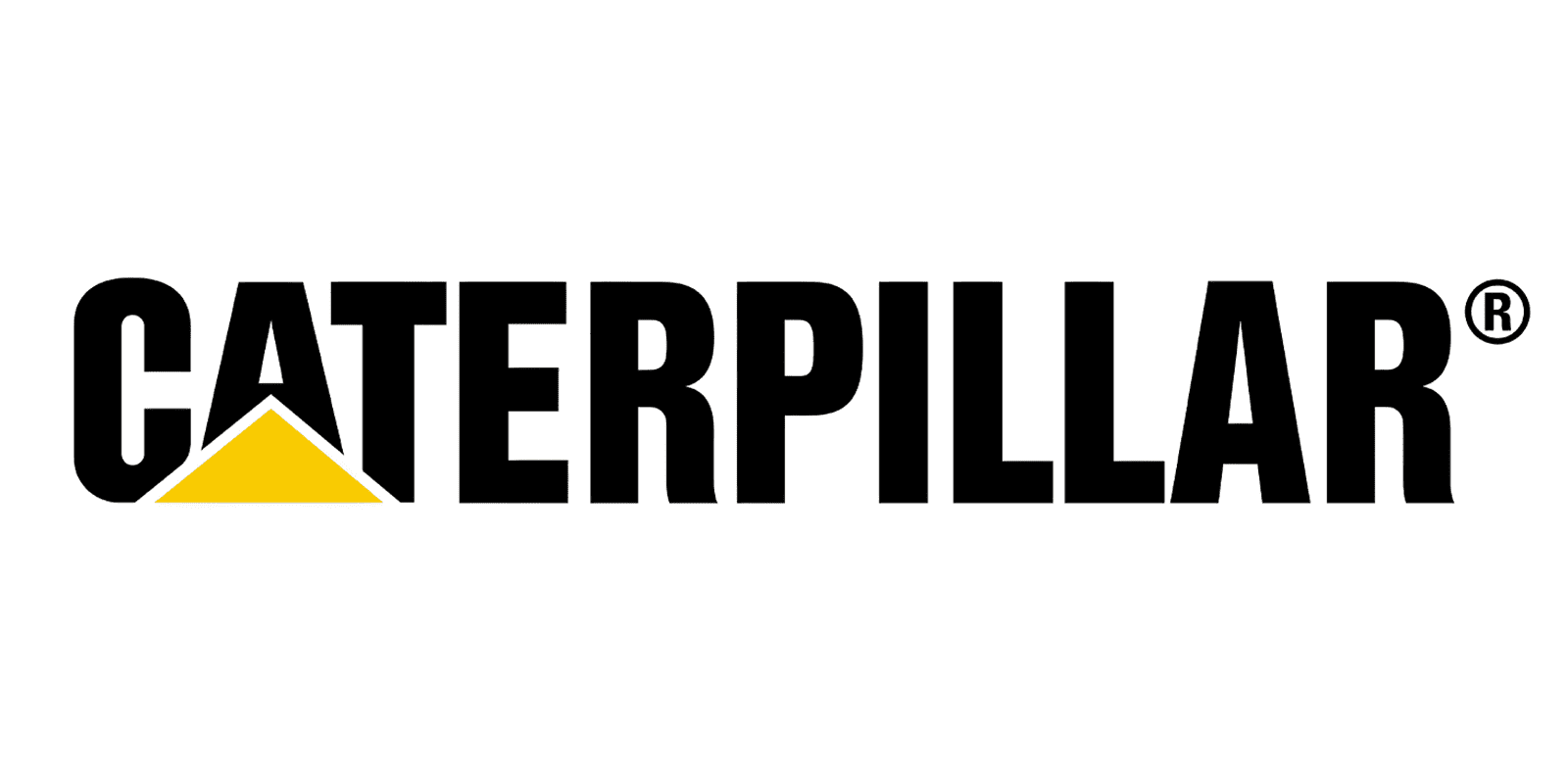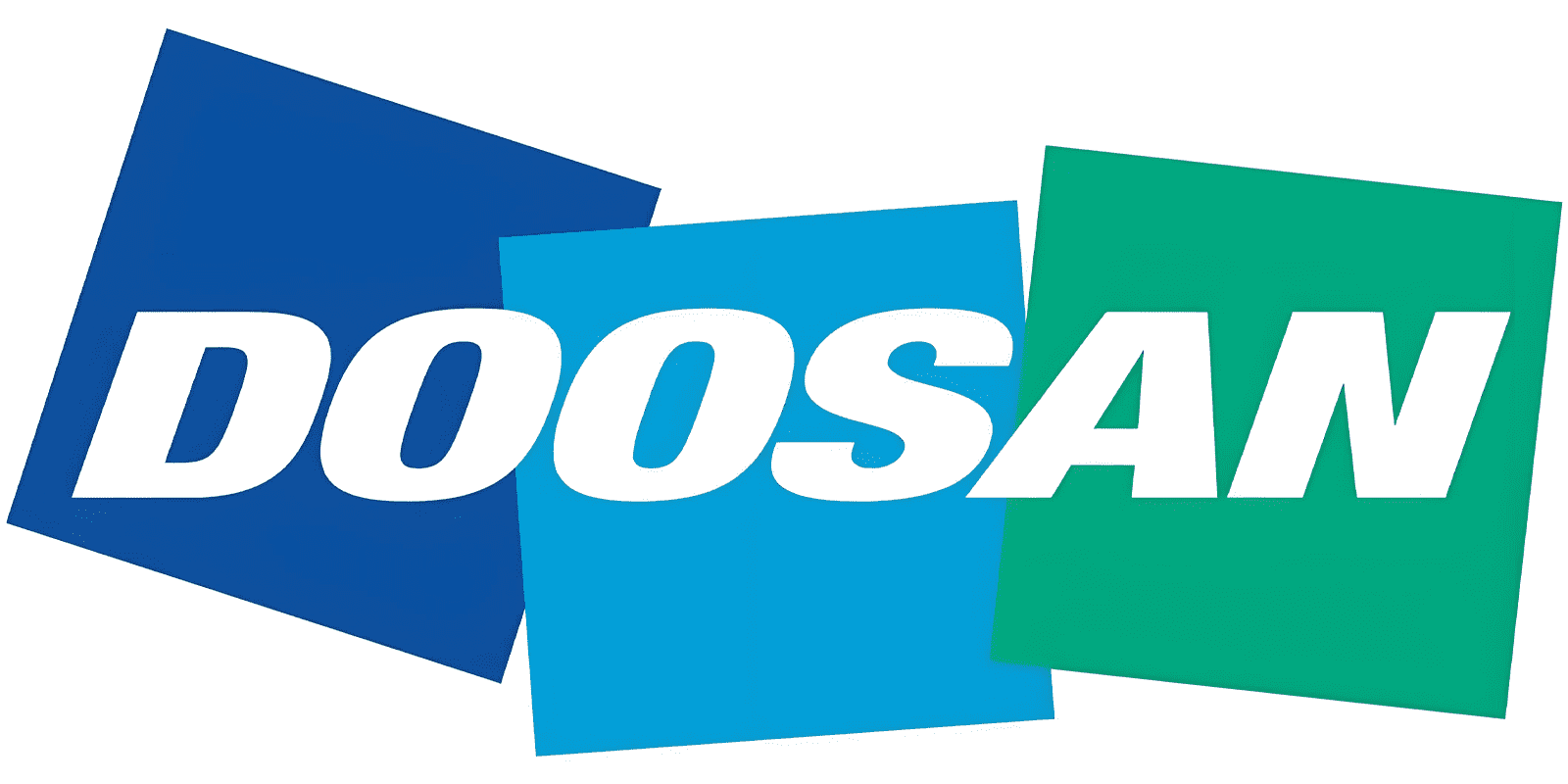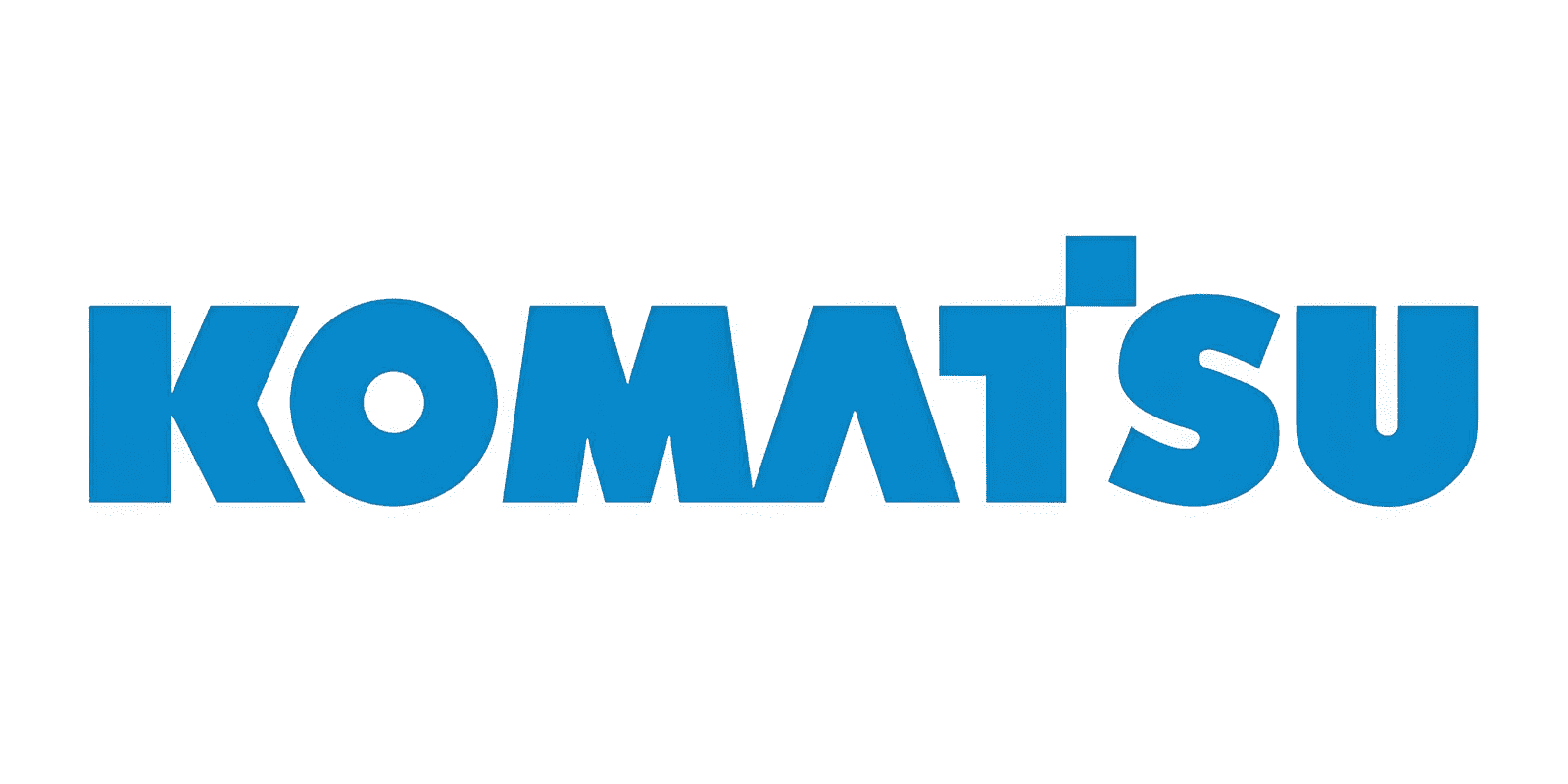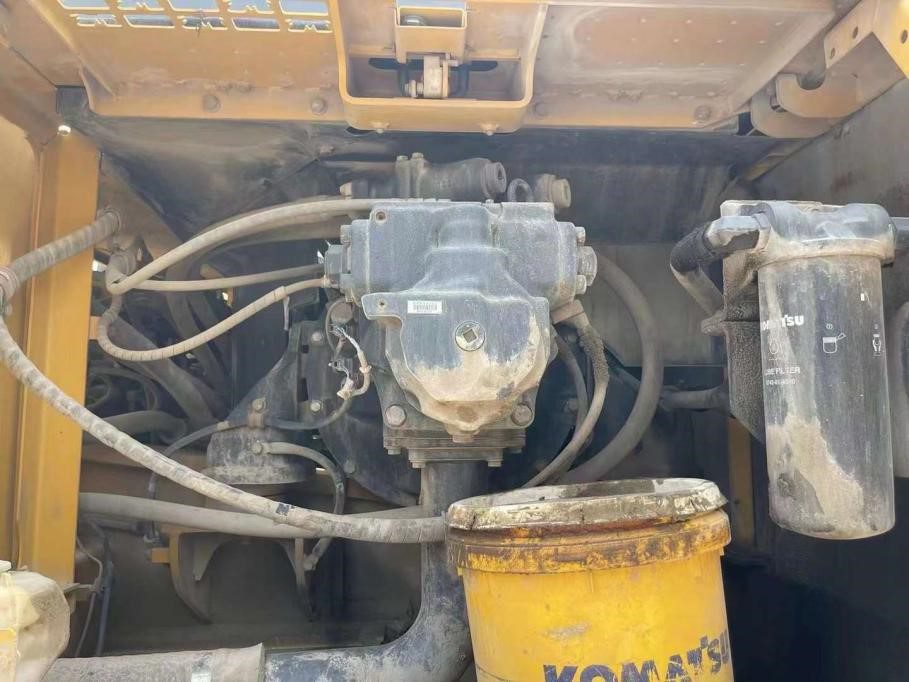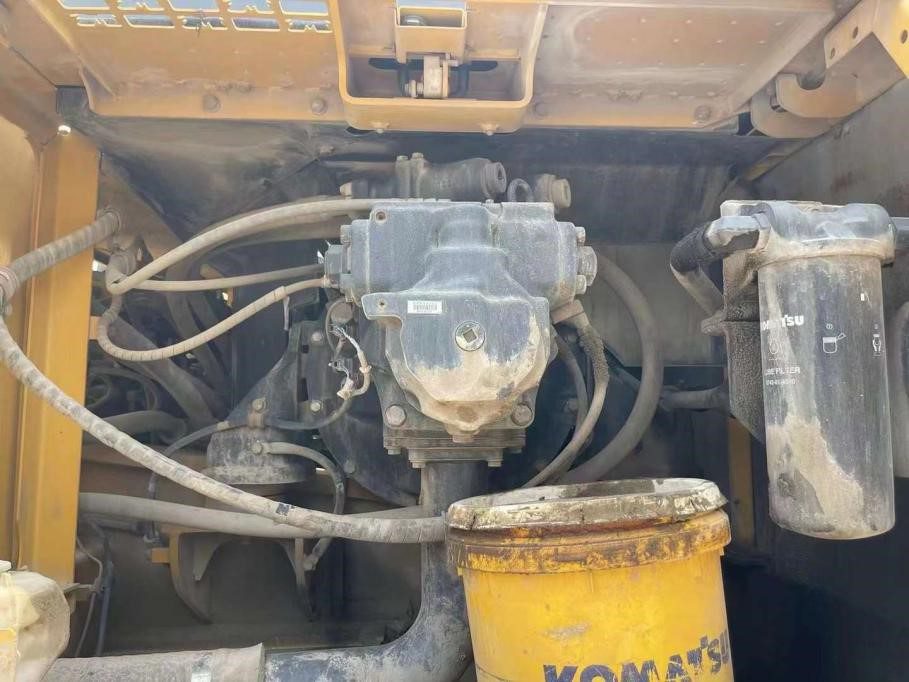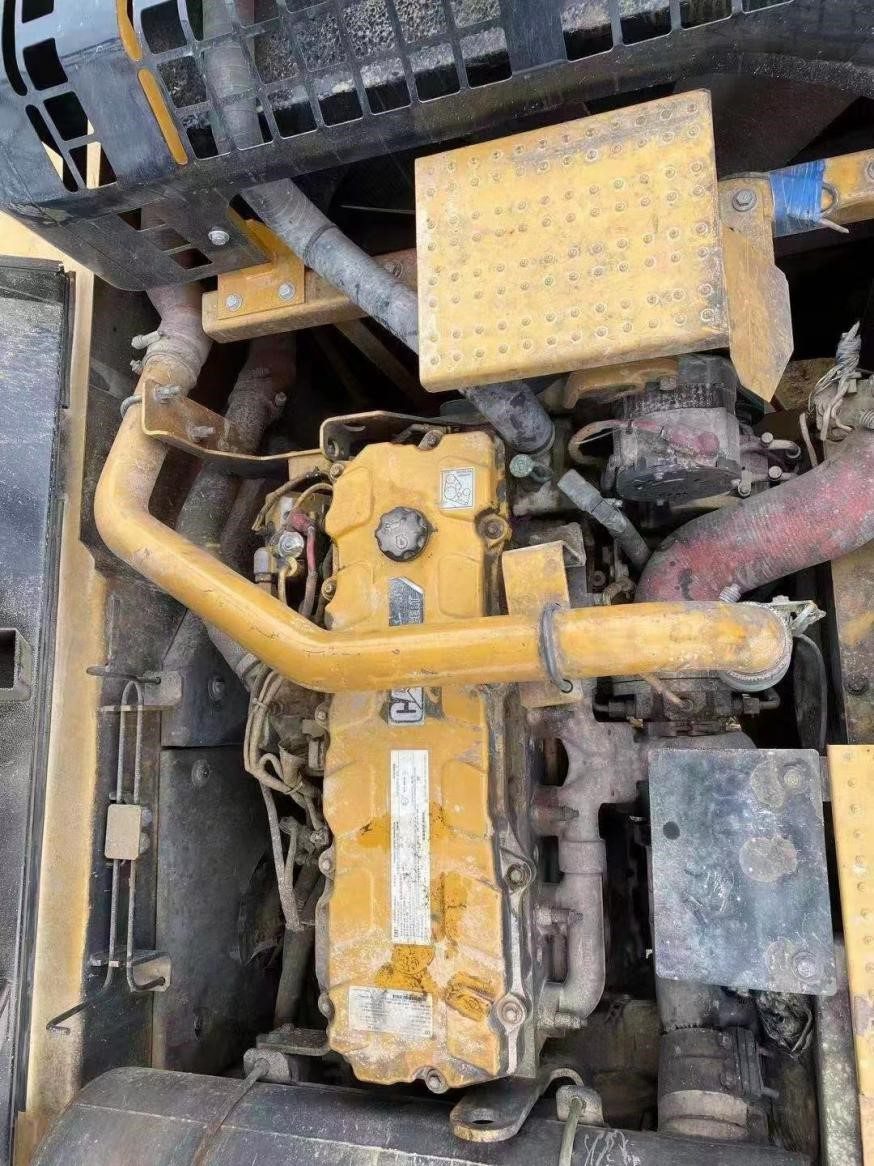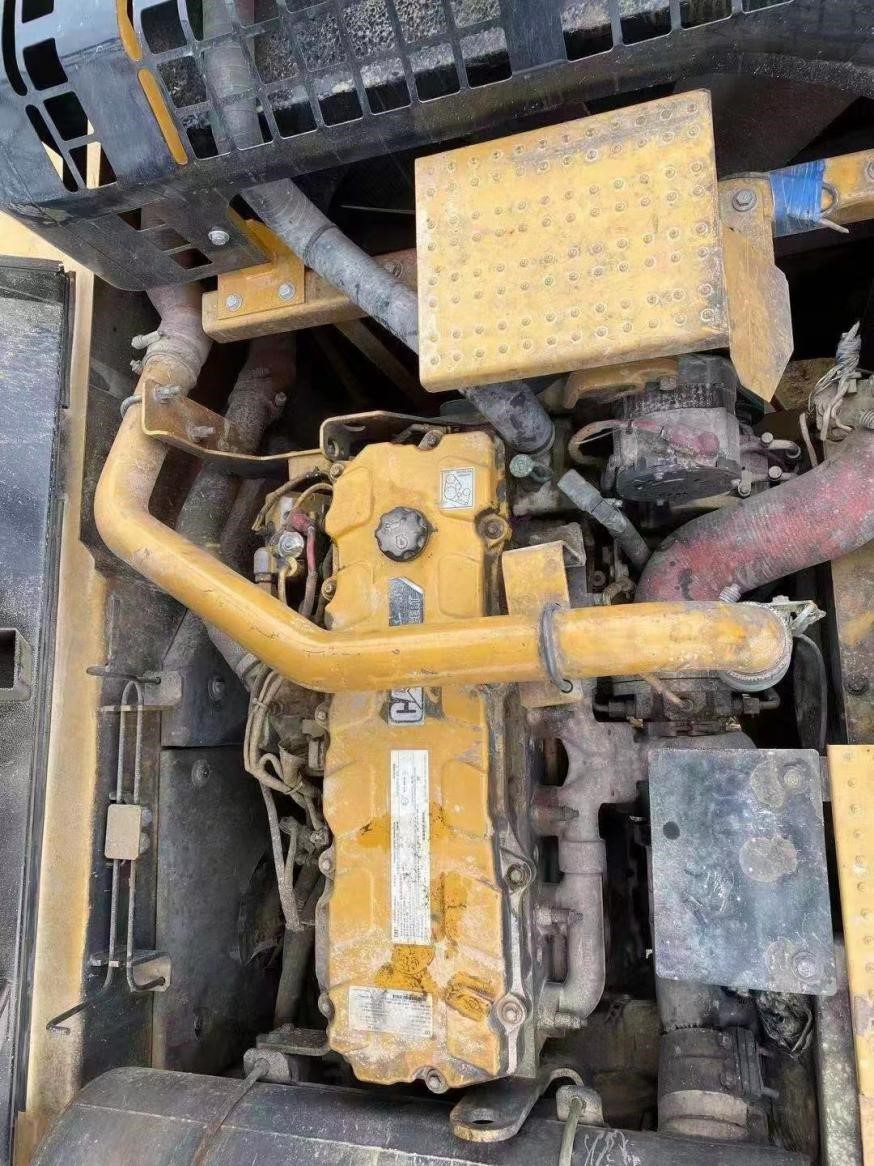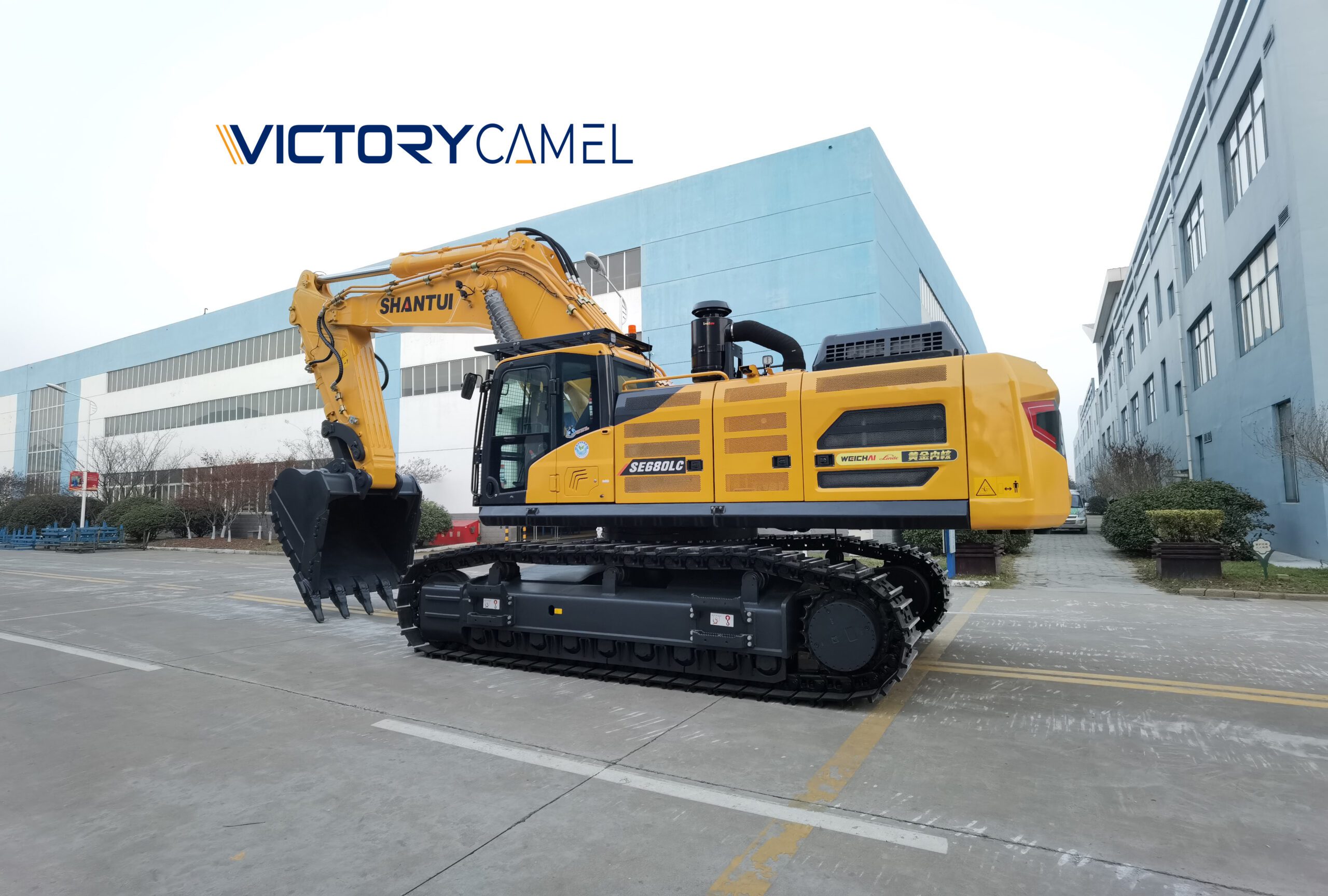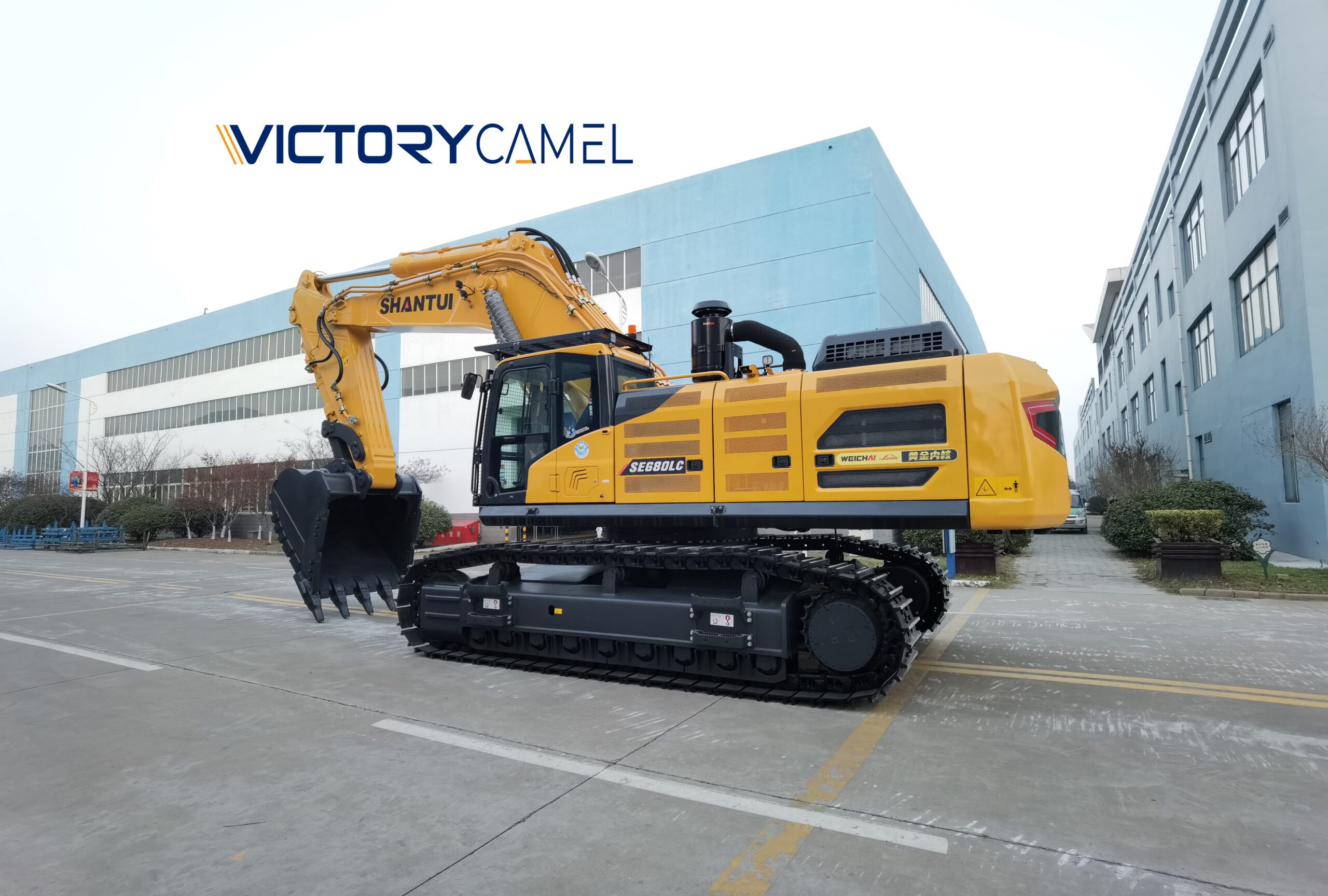The second-hand excavator market is booming, and purchasing a second-hand excavator undoubtedly comes with less financial pressure, lower barriers to entry, a speedy return on investment, and an easier path to realizing entrepreneurial dreams, making it a good choice. However, it is necessary to be cautious because in the past two years, our country has imported a large number of second-hand excavators, adding to the already considerable number of domestic second-hand excavators in circulation. The appearance of many second-hand excavators has been processed and it’s not easy to simply discern the good from the bad. Thus, when our machine friends want to purchase a second-hand excavator, they must measure from various aspects to avoid being deceived. When venturing into the second-hand excavator market, it’s essential to arm yourself with knowledge and precautions to avoid costly mistakes. Based on the past experiences of buyers, here are some things to keep in mind:
- Thoroughly Assess the Exterior and Beware of Repainting Jobs:
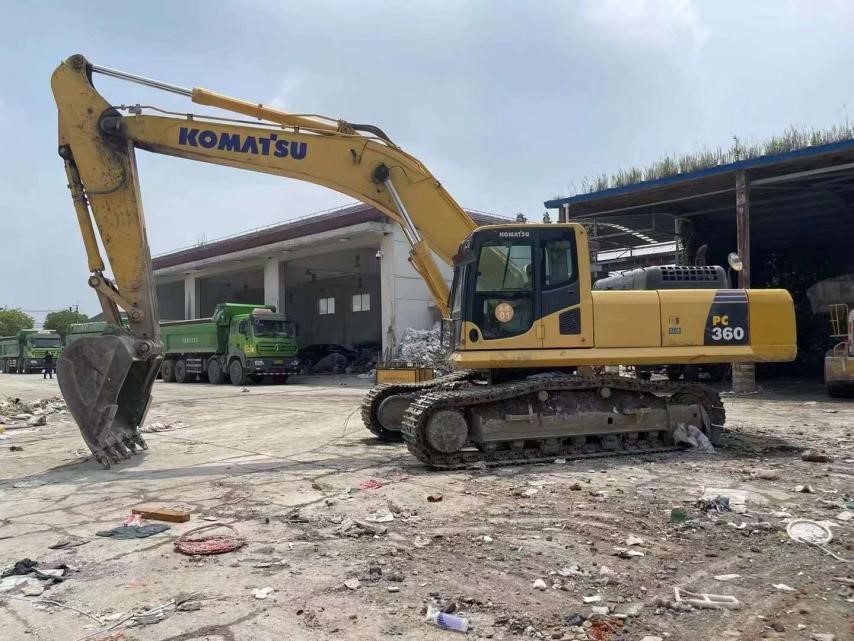
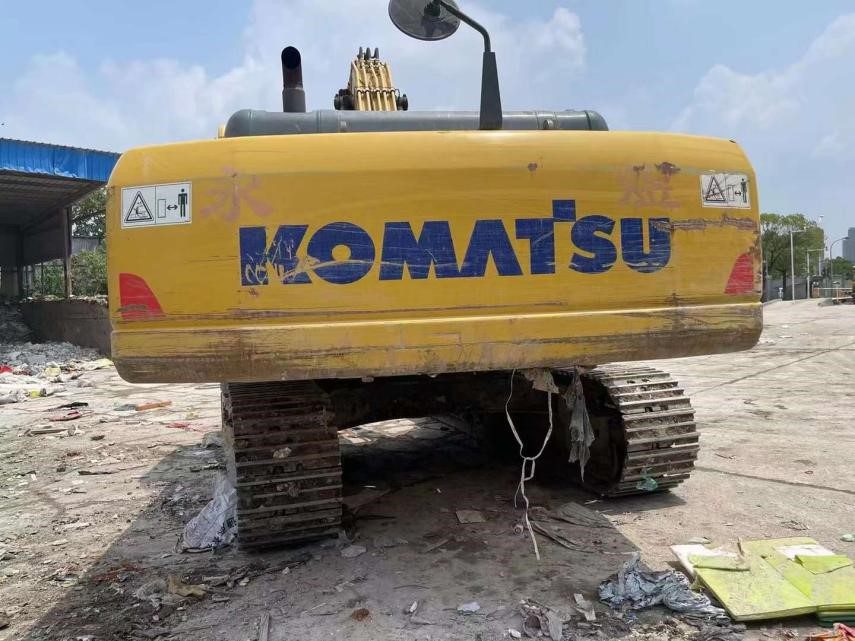
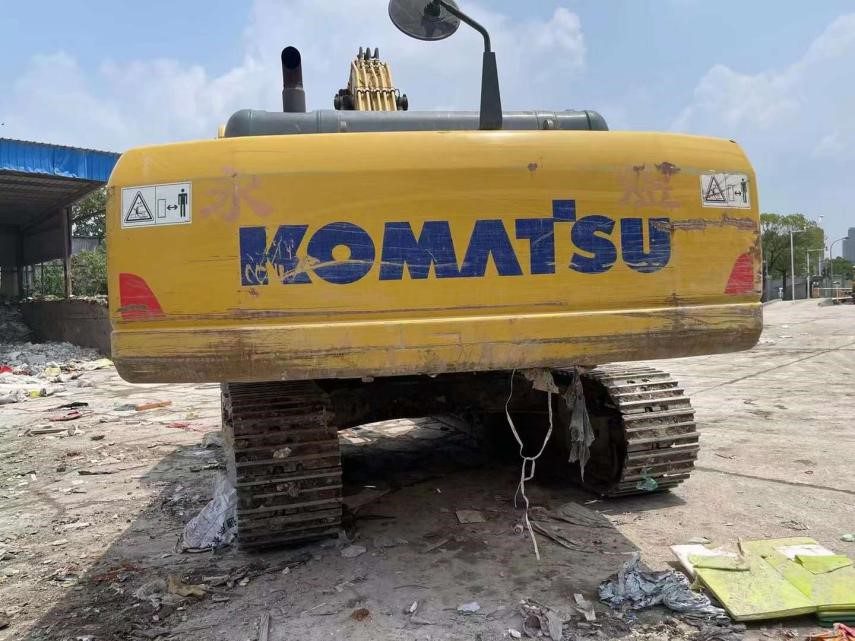
The first step in excavator refurbishment is painting. Observing the paint on the whole vehicle can reveal tricks. Some dishonest sellers will give the excavator a new paint job and then expose it to the sun or rain, making the refinished machine’s color look close to that of the original factory new machine. In addition to this, they might use high-quality or original factory paint, and bake the paint in an oven, making it difficult to identify the refurbishment. But if you pay close attention to the details, you can still spot issues, such as differences in glossiness, brightness, over thickness, and splashes of paint around hose areas. Verifying whether the parts are original or have been repaired by welding is critically important. Look for traces of adjustments on metal panels and disturbances on screws, which could indicate previous internal work.
- Check the Undercarriage and Frame:
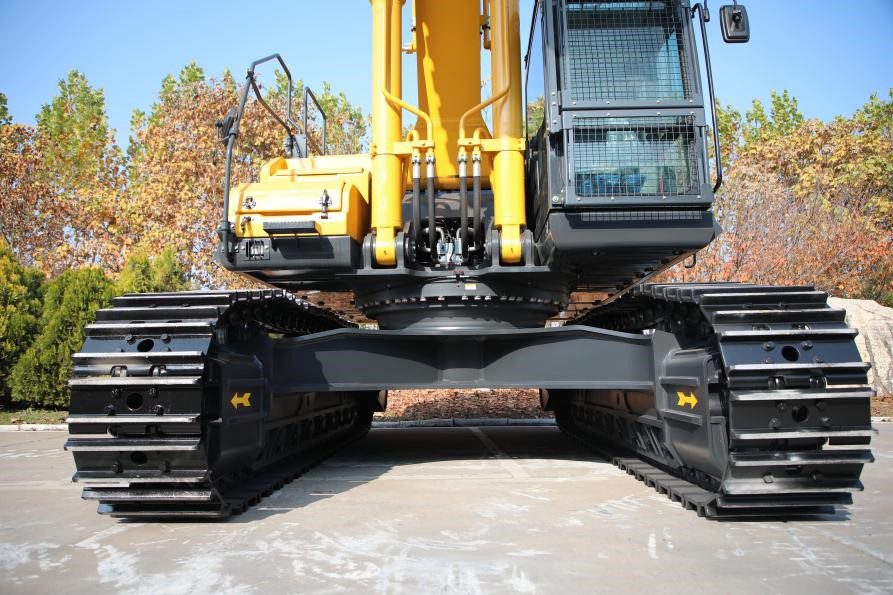
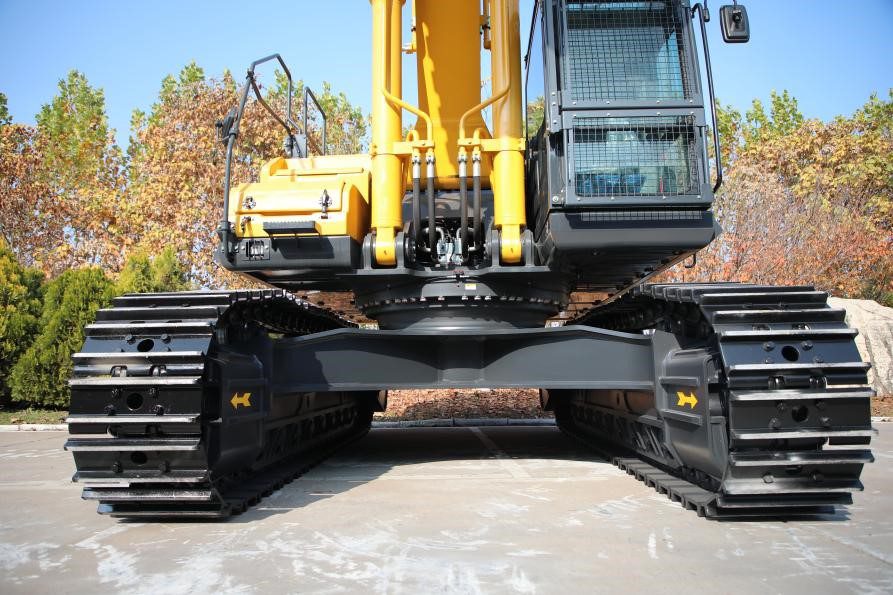
Rollovers or accident vehicles may exhibit deformations, so they are usually straightened and then repainted. If the damage is severe, they may even replace the entire frame. If the doors are uneven or the gaps are inconsistent when closed, or the frames do not fit precisely, or they are not original factory frames, it can generally be concluded that the machine has been refurbished. Also, look for signs of secondary metalwork, correction, and repainting on common parts prone to damage like the excavator’s perimeter beams, side doors, and the engine’s bottom plate. The metalwork of the side door is easy to identify by opening the side door and looking inside. Uneven concaves and bulges prove that it has been straightened. The undercarriage should be checked for any deformations or evidence of welding, as it should generally be proportional to the machine’s assumed operational hours. A cracked or deformed X-frame is a warning sign.
- Inspect Fluids and Electrical Systems:
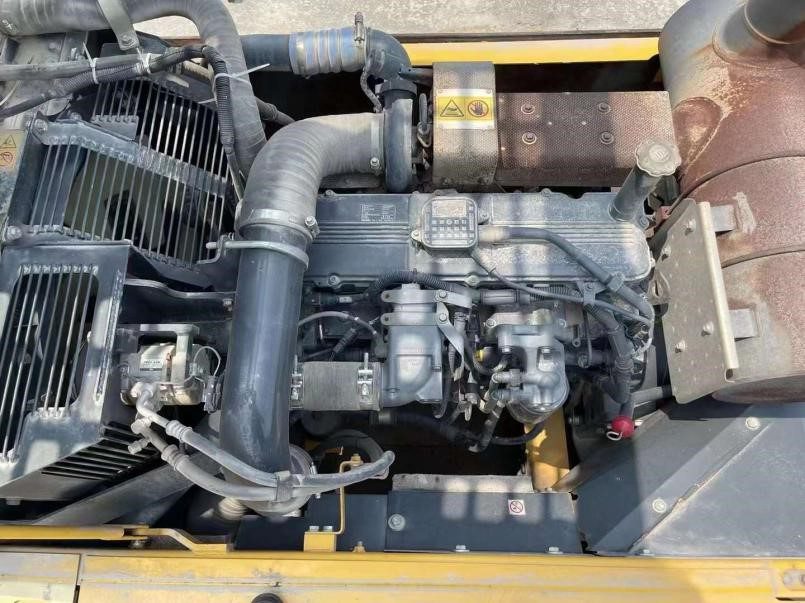
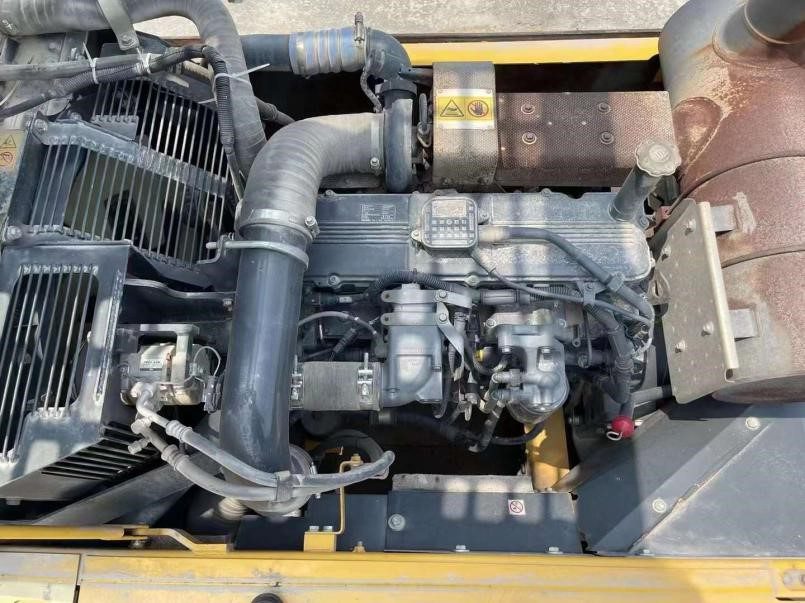
Look for water stains around the radiator; if the sponge is missing, unscrew the radiator cap to determine if it contains water or antifreeze, and check for oil stains inside the radiator neck, indicative of potential overheating. Check the oil dipstick for oil levels, feel the viscosity of the oil and check for impurities. It’s necessary to inspect hydraulic oil, and if conditions allow, it’s best to open the tank to check! Also, examine the battery connections for looseness or corrosion. This inspection is very necessary!
- Determine the Actual Age:
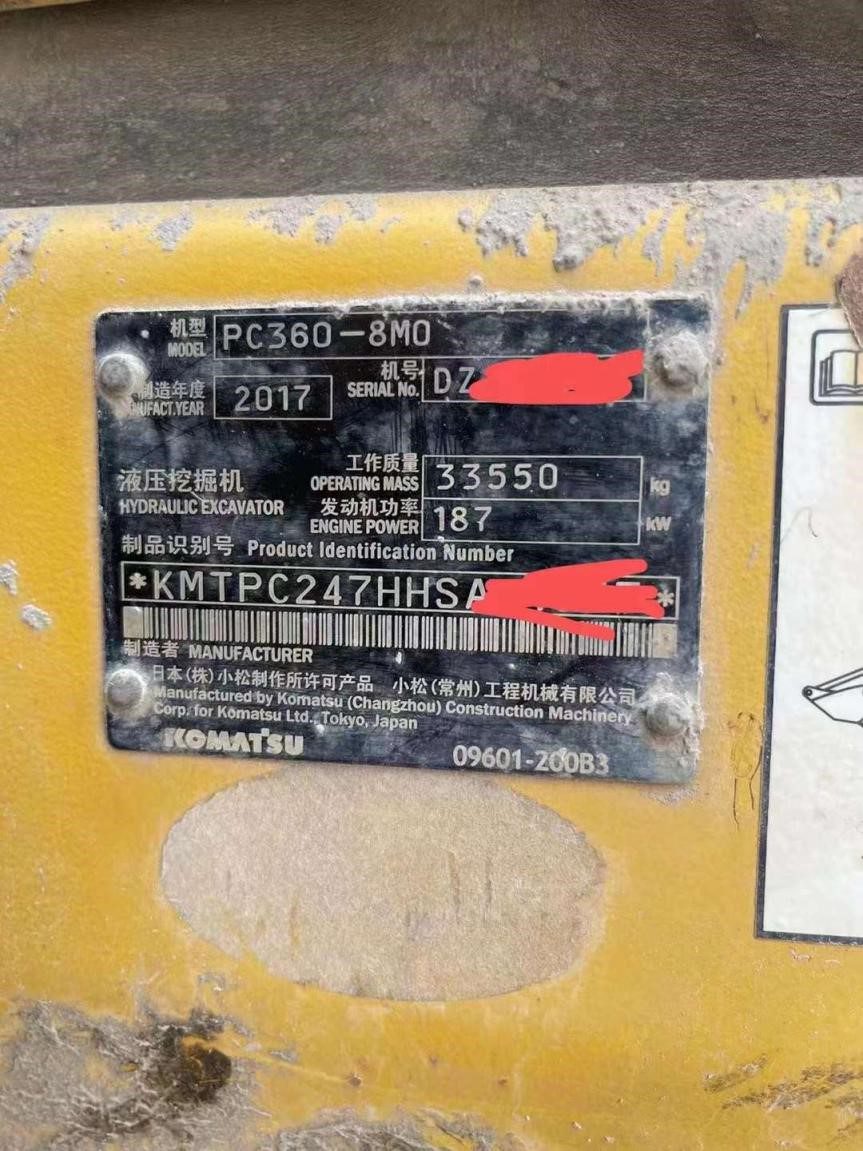
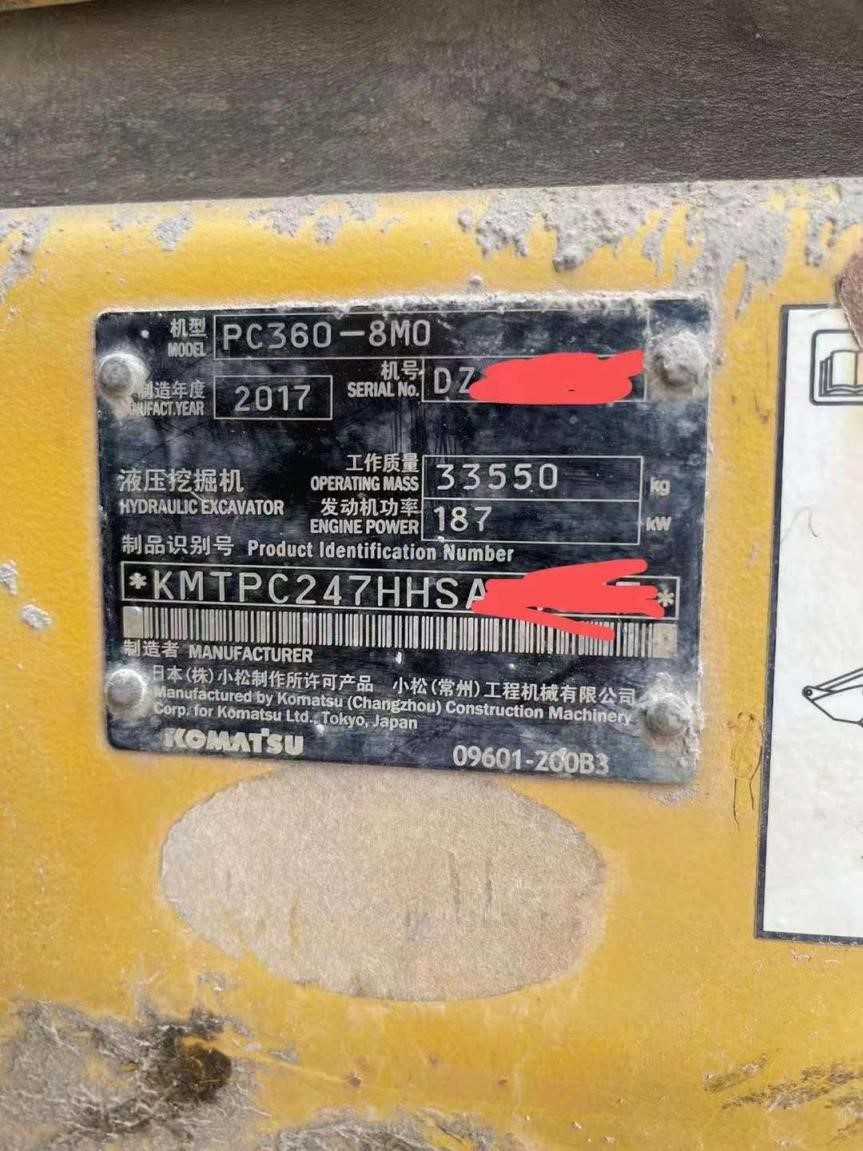
It’s critical to ascertain the true age of the excavator. Some dealers might tamper with production plates or hour meters to misrepresent the age and usage. It is possible to change the manufacturing year and it’s hard to discern the modification; by taking the serial number to the company, you can check the equipment, which is equivalent to car license plate swapping, and even fake certificates of conformity and invoices can be made very authentic! Each model has its characteristics, and when buying a second-hand vehicle, it’s crucial to have sharp eyes and be meticulous. Don’t be in a hurry to spend your money!
- Look for Signs of Refurbishment, Especially in Tracks:
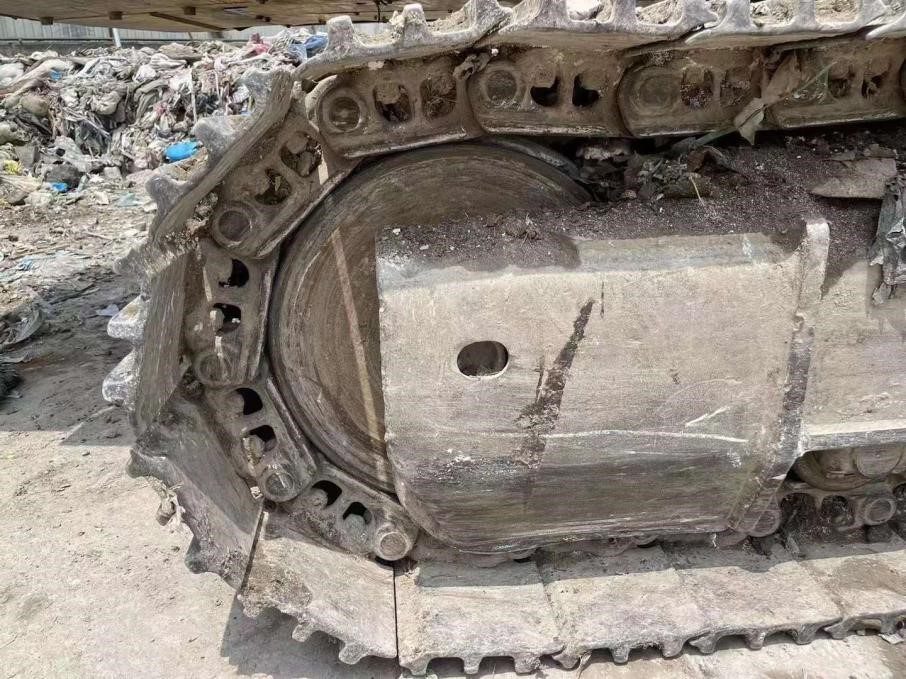
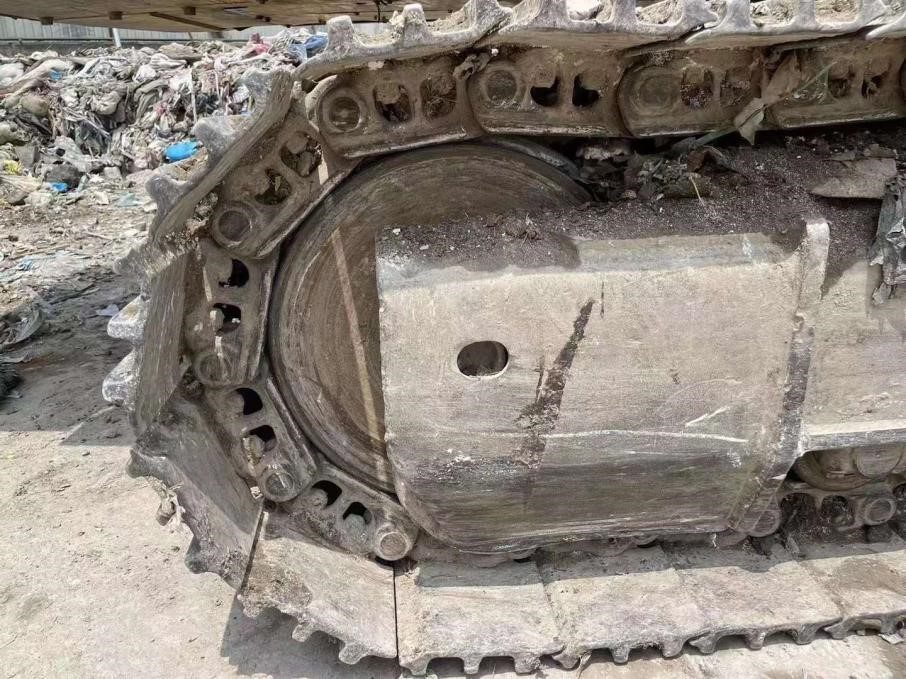
There’s also a market for refurbishing tracks. They weld steel bars and crafted modules onto the chain, then grind it flat after welding. To achieve the aged effect, they use a paintbrush to apply electrolyte solutions. The next day, it naturally rusts, and after running in the mud, the process makes it almost impossible to see any problem with the chain. Therefore, attention to detail and sensitivity are very important for buyers.
- Operate the Excavator:
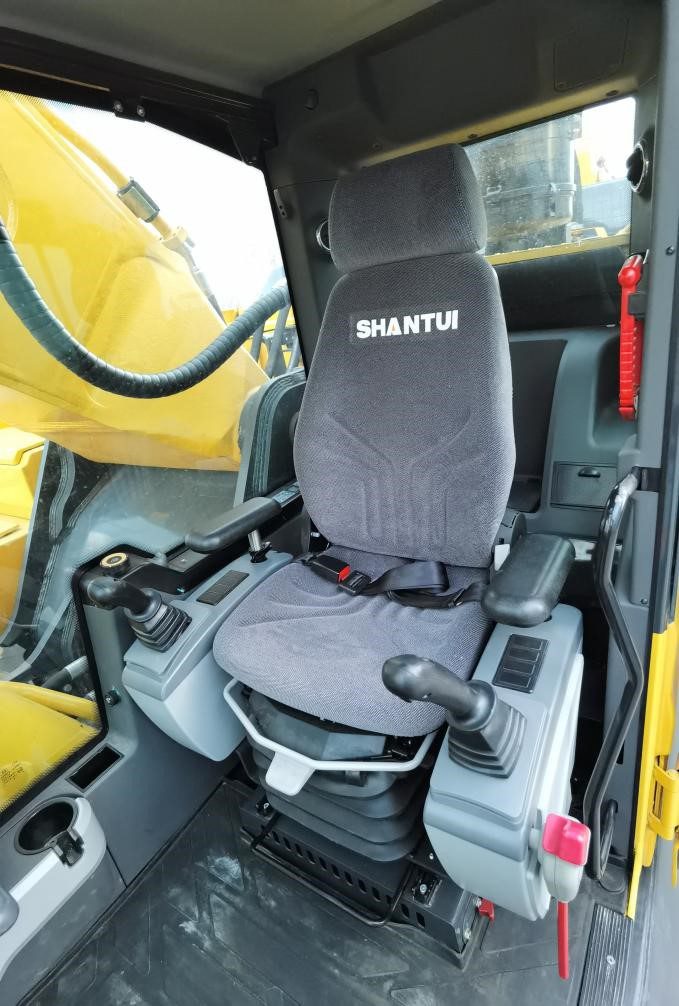
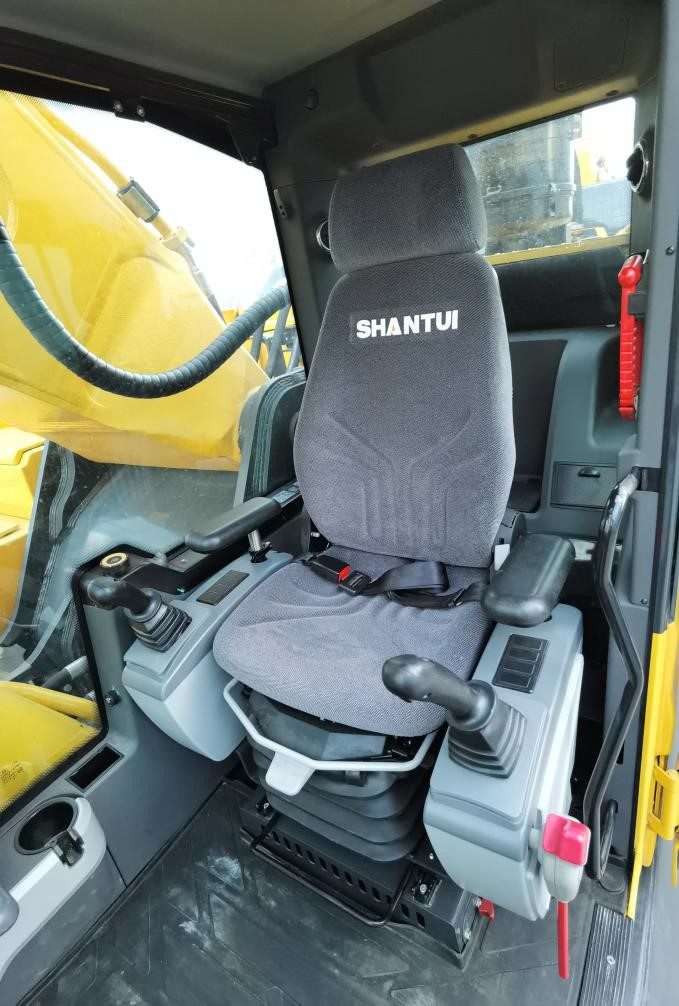
Briefly run the excavator at idle; test whether it can complete tasks such as propping up the vehicle, extending and pressing the boom, and walking on one side. Check the gap in every possible movement; these are basics that every excavator user should know.
During this test, listen to the sound of the pump and observe the exhaust quality, watching for excessive oil or coolant temperature rise.
- Be Informed and Prepare:
Determine in advance what type of excavator is suited to your needs. Research new models, their features, and prices; this will provide a benchmark when evaluating second-hand machines.
If you’re not familiar with the technical aspects of excavators and you’re making a purchase, take one or two experienced mechanics with you. They can provide insights you might miss. Be aware that sellers are looking to make a profit, not give up value. If a deal seems too good to be true, you should be prepared to walk away. By taking into account both the visual and operational aspects and conducting a comprehensive inspection and test of all critical systems, you can ensure that the machine you invest in meets your performance and longevity expectations. Remember that while appearances can be deceiving, reliable machinery is paramount. Be careful with your money, and don’t be in a rush to spend it!
Keywords:

